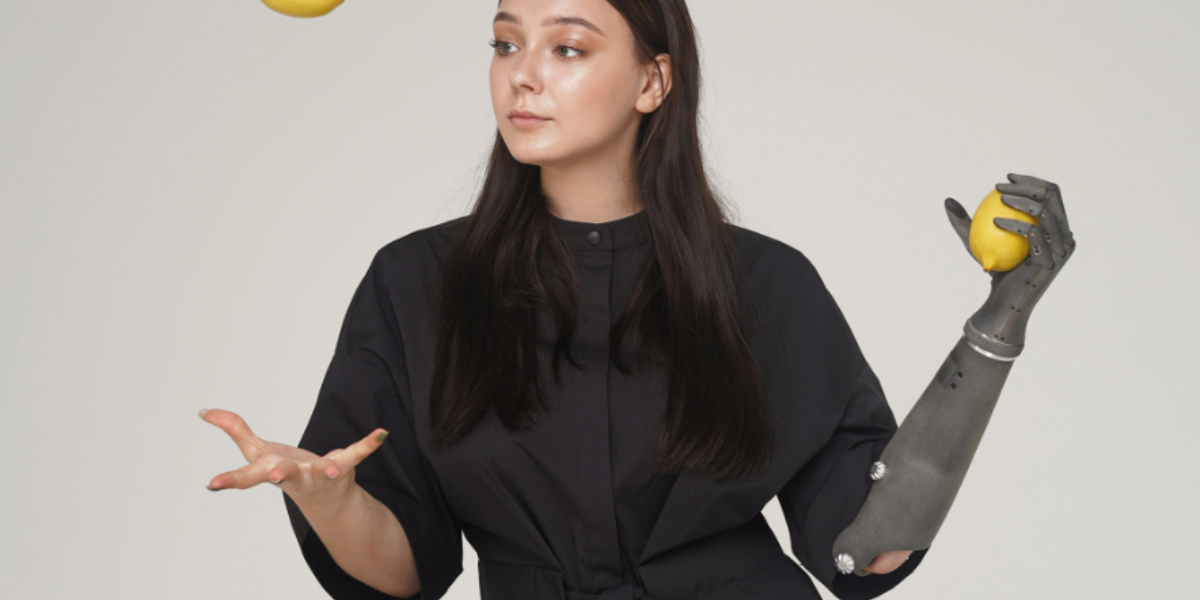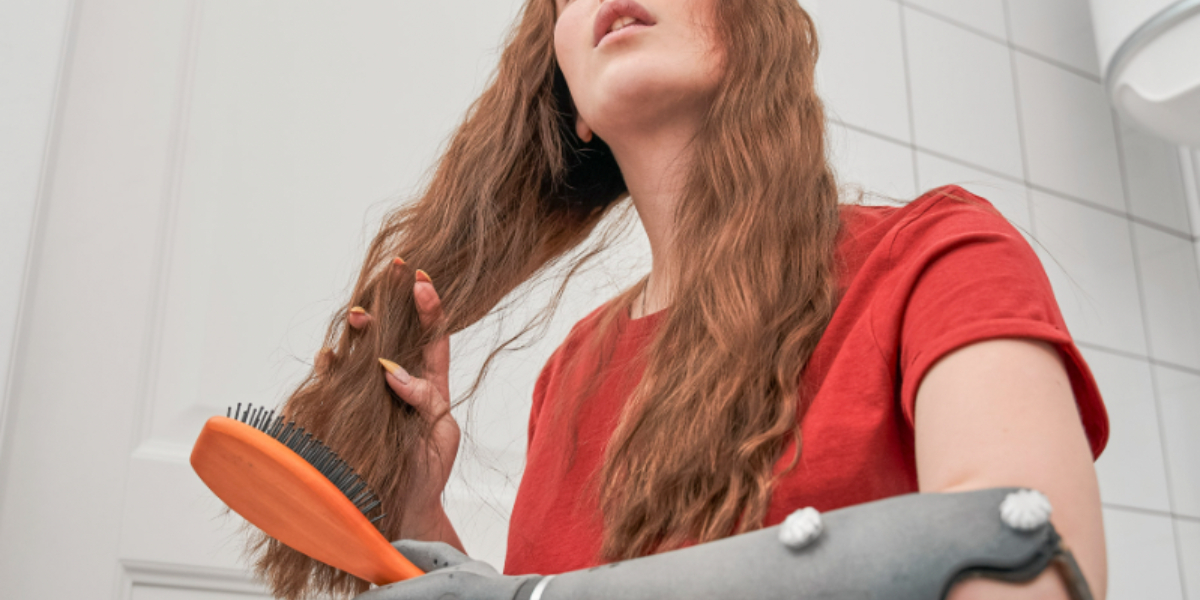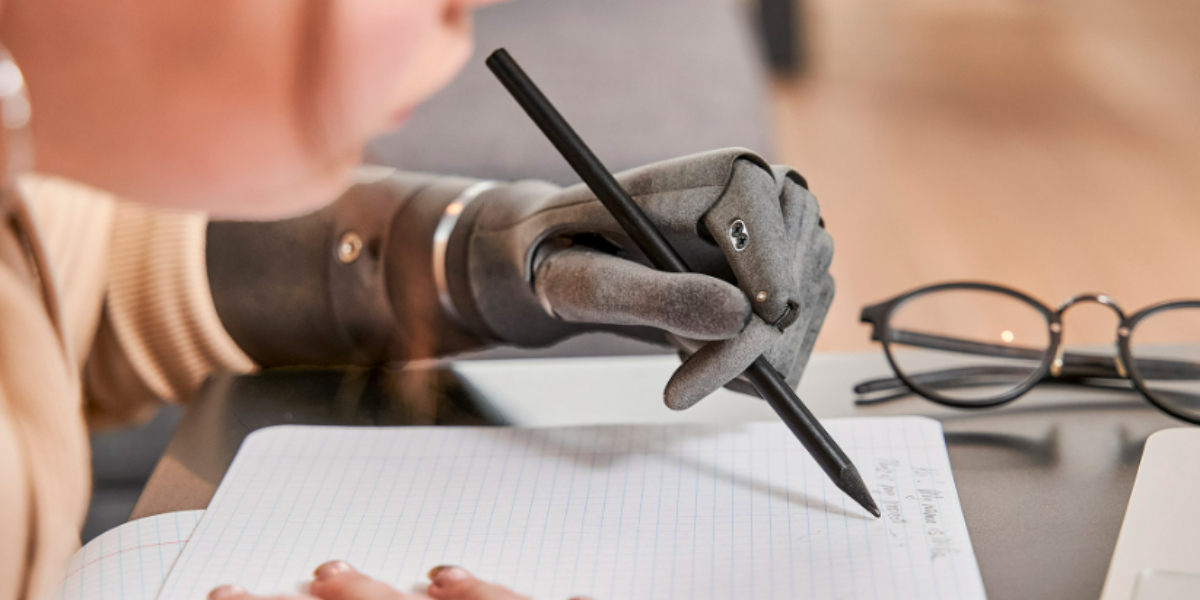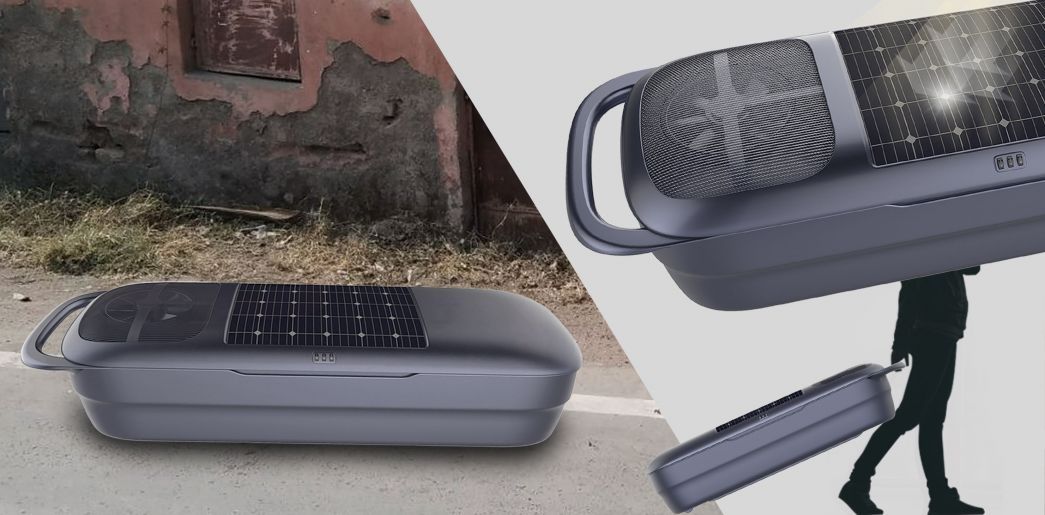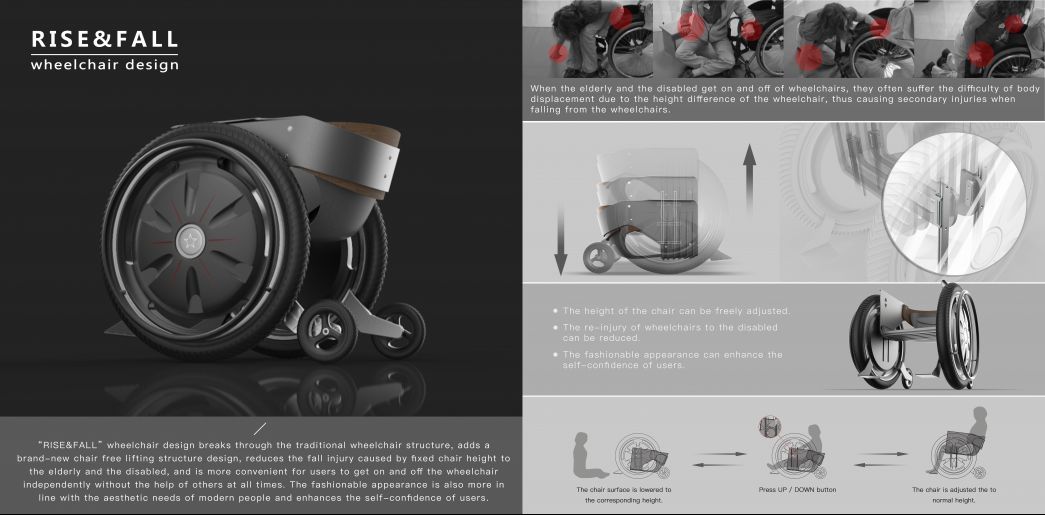AWARD YEAR
2023
CATEGORY
Body
GOALS
Good Health & Well-being
KEYWORDS
prosthetics, health, robotics , technology
COUNTRY
United States of America
DESIGNED BY
Dima Gazda, co-founder of Esper Bionics
WEBSITE
https://www.dezeen.com/2022/02/24/esper-bionics-human-prosthetic-arm-mind-control/
Esper Bionics
A prosthetic arm with intuitive self-learning technology that can predict intended movement faster.
How does it work?
Esper Hand uses an electromyography-based brain-computer interface (BCI) – a computer-based technology system that gathers brain activity or information – to trigger movement.
When the wearer wants to control the hand, their brain sends impulses to specific muscles to activate them. Over 30 non-invasive sensors that connect the stump socket to the wearer's skin pick up on this muscle activity or "electrical cues" and relay the information to trigger an action in the hand.
Why is it needed?
BCIs are often used by paralysis patients to control machines with just their thoughts. Dima Gazda, co-founder of Esper Bionics claims that the arm is three times faster than many of the prosthetics currently available on the market.
According to the company, the resulting arm is "lighter than a human hand" and at 380 grams, it is lighter than many limb prosthetics on the market.
The flexible hand has modular fingers that can form multiple common grasps including flexing, pinching fingers together, cupping and making a fist.
It also has a "special mechanism" that allows the wearer to easily disconnect the hand which can be useful for example when the wearer is changing clothes.
How does it improve life?
Dubbed Esper Platform, the solution can be connected to the wearer's smartphone or laptop. It collects and stores data about the user's movements, effectively "learning" what the wearer's next action will be so that it can predict movements faster.
Gazda, co-founder of Esper Bionics, believes that the technology used for Esper Hand can help improve the quality of amputees' lives.
"We see assistive devices as the foundation for the future ecosystem of electronic implants which we believe have the biggest potential in unleashing human abilities, eliminating diseases and prolonging lives," she said.

